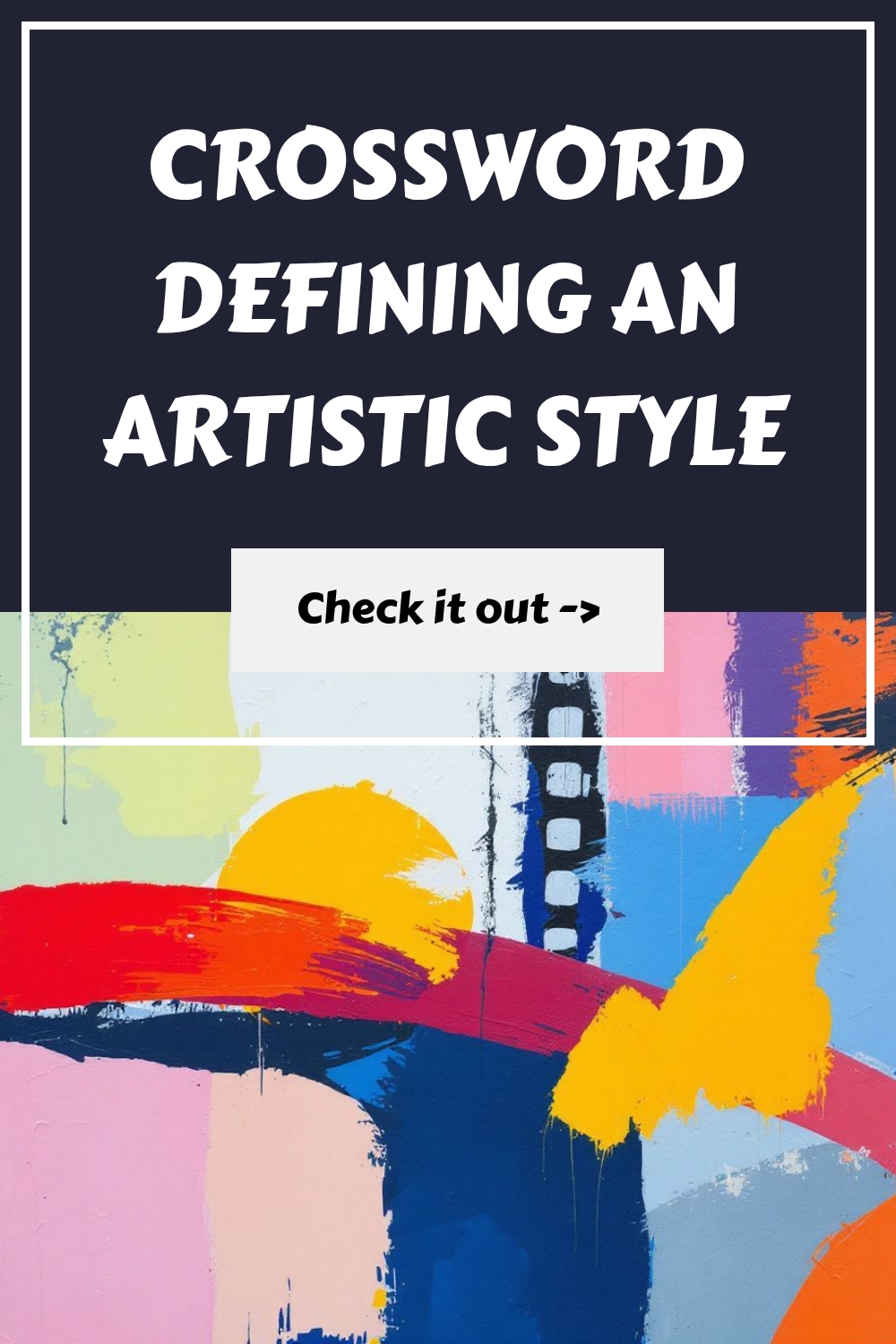What defines an artistic style and how does it differ from an art movement?
An artistic style is akin to an artist’s unique “visual signature,” encompassing their distinctive choices in colors, shapes, lines, techniques, and expressive decisions that make their work recognizable. It’s how an artist shows their view of the world. In contrast, an art movement is a broader trend involving many artists during a specific period who share common ideas, goals, and methods. While a personal style might evolve over an artist’s career, an art movement reflects a collective set of characteristics influenced by cultural shifts, historical events, and shared artistic philosophies. For example, Vincent van Gogh’s “rough brushstrokes” are part of his personal style within the Post-Impressionist movement.
What are the core factors that contribute to an artistic style of an artist?
An artist’s unique style is shaped by a combination of factors. These include their manipulation of visual elements (color palette, brushwork, composition, texture, and space), the techniques and materials they employ (e.g., oil painting, digital media, specific substrates), recurring subject matter or themes, and the personal emotions or narratives they convey. Additionally, cultural and historical contexts, along with the artist’s underlying philosophy or artistic intent, play a significant role. For instance, Frida Kahlo’s work deeply embodies her personal experiences and emotions, making them central to her distinctive style.
How does emotional expression influence an artistic style and its resonance with viewers?
An artist’s emotional expression profoundly shapes their style by influencing choices in color, form, technique, and subject matter. Intense emotions might lead to bold, vivid colors or vigorous, expressive brushstrokes, while tranquil states could result in softer, controlled marks. Movements like Expressionism directly exemplify this, prioritizing subjective emotions and internal states over objective reality, often distorting form and color to intensify feelings. This emotional authenticity allows an artwork to resonate more powerfully with viewers, forging an empathetic connection. Viewers, in turn, find emotional resonance through a combination of universal visual “languages,” cultural context, and individual psychological triggers, allowing for personal interpretation of the work.
How do historical context and technological advances impact the evolution of artistic styles?
An Artistic style is not static; they are deeply intertwined with historical contexts and technological advancements. Major societal shifts and events, like the Renaissance or the Industrial Revolution, introduce new ideas and perspectives that artists explore through their work. For example, the invention of portable paint tubes during the Industrial Revolution enabled Impressionist artists like Claude Monet to paint “en plein air,” capturing fleeting moments of light and color that were impossible before. Similarly, modern digital tools and AI art software continue to open new avenues for artistic expression, constantly shaping how art is created and shared.
What are the key characteristics of Impressionism and Abstract Expressionism?
Impressionism, formalized in Paris in the 1860s, is largely identified with light, visible brushstrokes and a dreamlike quality. Artists aimed to capture the fleeting effects of light and atmosphere, often depicting ordinary, contemporary subjects outdoors. They used unblended, vibrant colors to create a sense of spontaneity and brightness, prioritizing the “impression” of a moment over sharp detail.
Abstract Expressionism, a post-World War II movement from New York City (1940s-1950s), emphasized spontaneous, intuitive, and emotional expression through abstract forms and gestural brushwork. Artists like Jackson Pollock and Mark Rothko focused on individuality and the act of painting itself, rejecting traditional representation to convey raw emotion. It encompasses two main styles: “Action Painting,” characterized by vigorous, expressive handling of paint, and “Color Field Painting,” which uses large areas of flat color to evoke contemplative responses.
What are the differences among Realism, Photorealism, and Hyperrealism?
These three styles all aim to depict reality but differ in their level of fidelity and artistic intent:
- Realism (Realistic Artistic Style): Aims for truthful and accurate depiction of everyday life without idealization. While highly detailed, the artwork is still recognizable as a painting, with the artist’s “hand” visible.
- Photorealism: Seeks to replicate a high-resolution photograph so precisely that the artwork appears indistinguishable from it. The artist faithfully copies every detail, minimizing personal emotion or interpretation.
- Hyperrealism: Takes Photorealism a step further by not just replicating, but often enhancing or manipulating the photographic reference. It creates a reality that can feel “more real than real,” incorporating narrative, atmosphere, or psychological intent, allowing the artist more freedom to express their own vision.
Why is understanding realism considered foundational for artists who wish to stylize their work?
Understanding realism is often considered a crucial foundation because it provides artists with a deep knowledge of their subject matter’s actual structure, proportions, and how light and shadow interact with it. Just as understanding an article is necessary to summarize it effectively, knowing how to draw realistically allows artists to confidently “push proportions,” “play around with shapes,” and otherwise stylize their subjects in a way that remains believable and expressive. Artists like former Disney animators are known for their strong realistic foundations, which enables their effective stylization. While not strictly mandatory, experience with realism can significantly enhance an artist’s ability to create compelling stylized work.
What are some common pitfalls to avoid when identifying an artistic style?
When identifying artistic styles, it’s common to make several mistakes. These include confusing historical art movements with an individual artist’s personal style, overlooking the specific techniques (like brushwork or color use) that define a style, and ignoring the influence of culture, geography, or technological advances. It’s also a pitfall to assume an artist’s style remains static throughout their career (artists often evolve), or to let popular opinions override a careful analysis of the artwork itself. A thorough understanding requires considering historical context, the artist’s intent, and the visual elements without bias.


 Cart is empty
Cart is empty 

